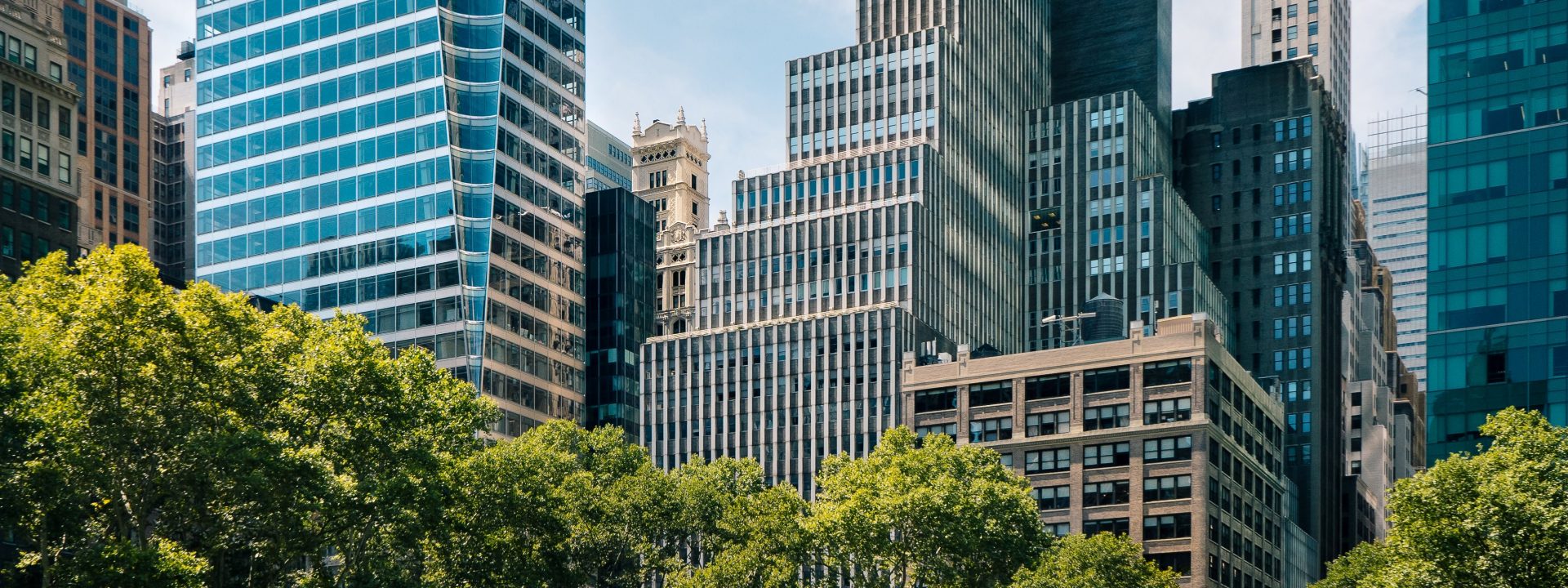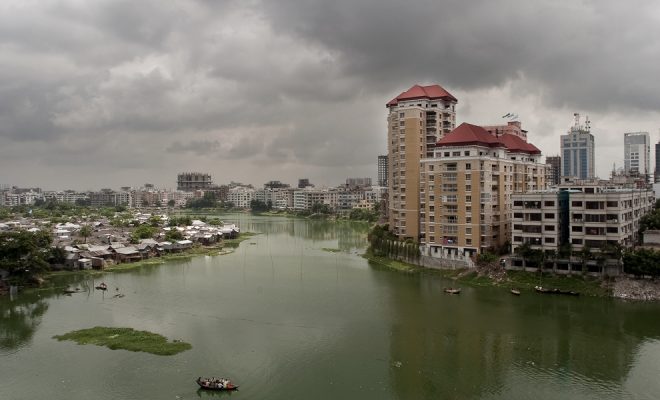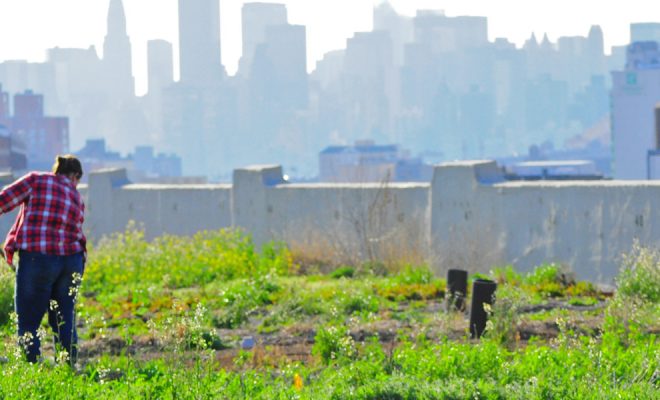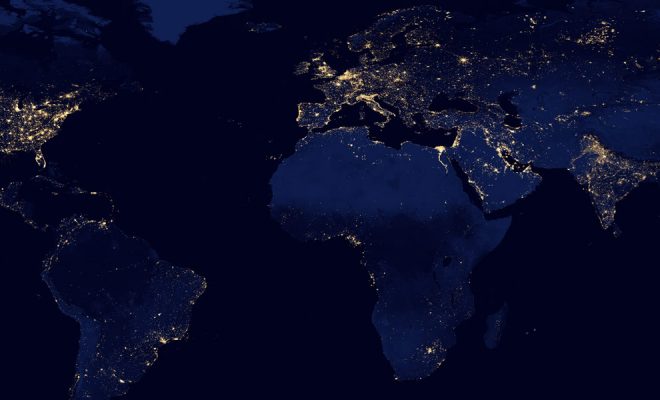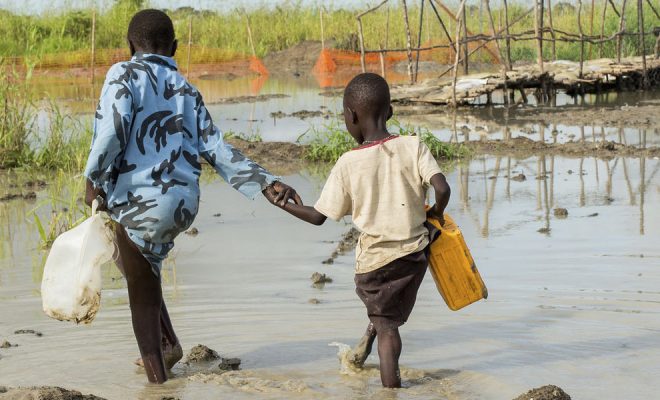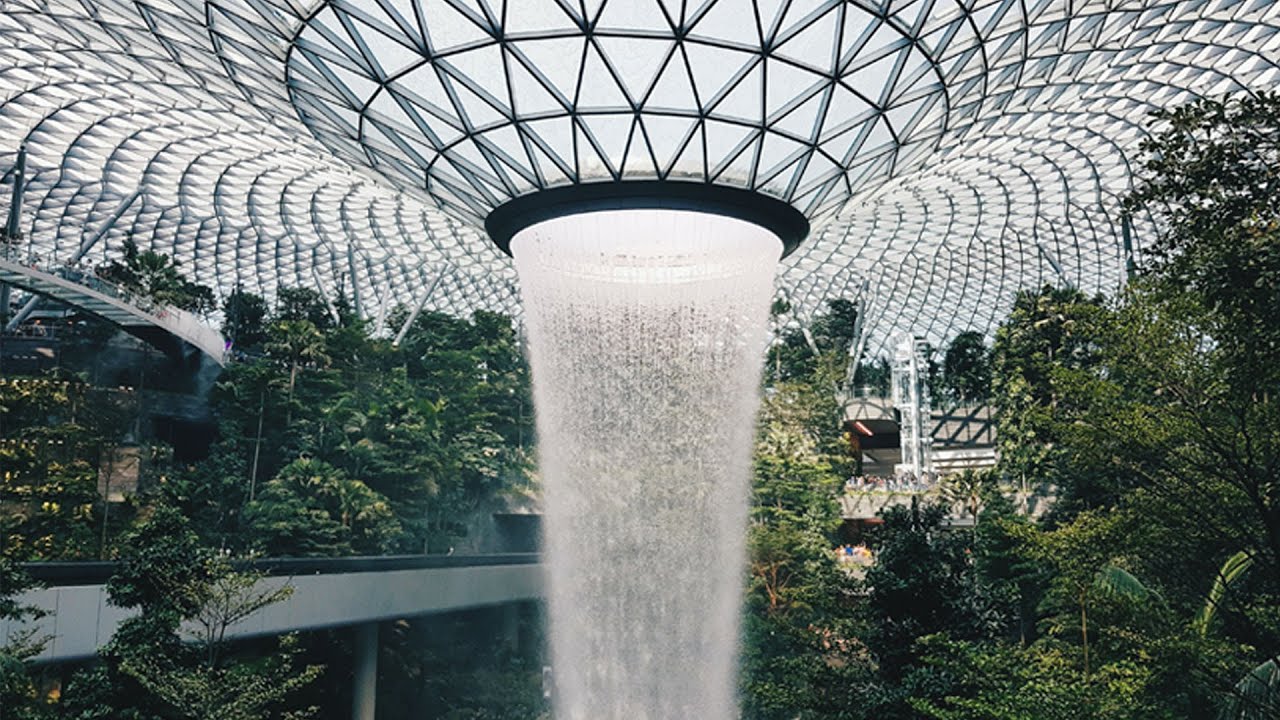
In Neolithic times, when the first settlements appeared, there were no trees in them. As they grew in size and power, the first population centers appeared around 3000 B.C., which can be called cities as we understand them today. The first gardens appeared in the most powerful cities, around palaces and the homes of members of nobility. These gardens were the aesthetic expression of beauty through art and nature, a cultural expression of civilized life, and were an exclusive sign of political and economic power until the end of the 18th century.
After the French Revolution, modern urban planning began to include trees in urban areas; parks and gardens for public use were created and trees became an inseparable element in the design of large avenues first and secondary streets later on. Nowadays, trees are integrated in urban planning as elements that are inseparable from buildings or the neighborhood. There are many reasons for this.
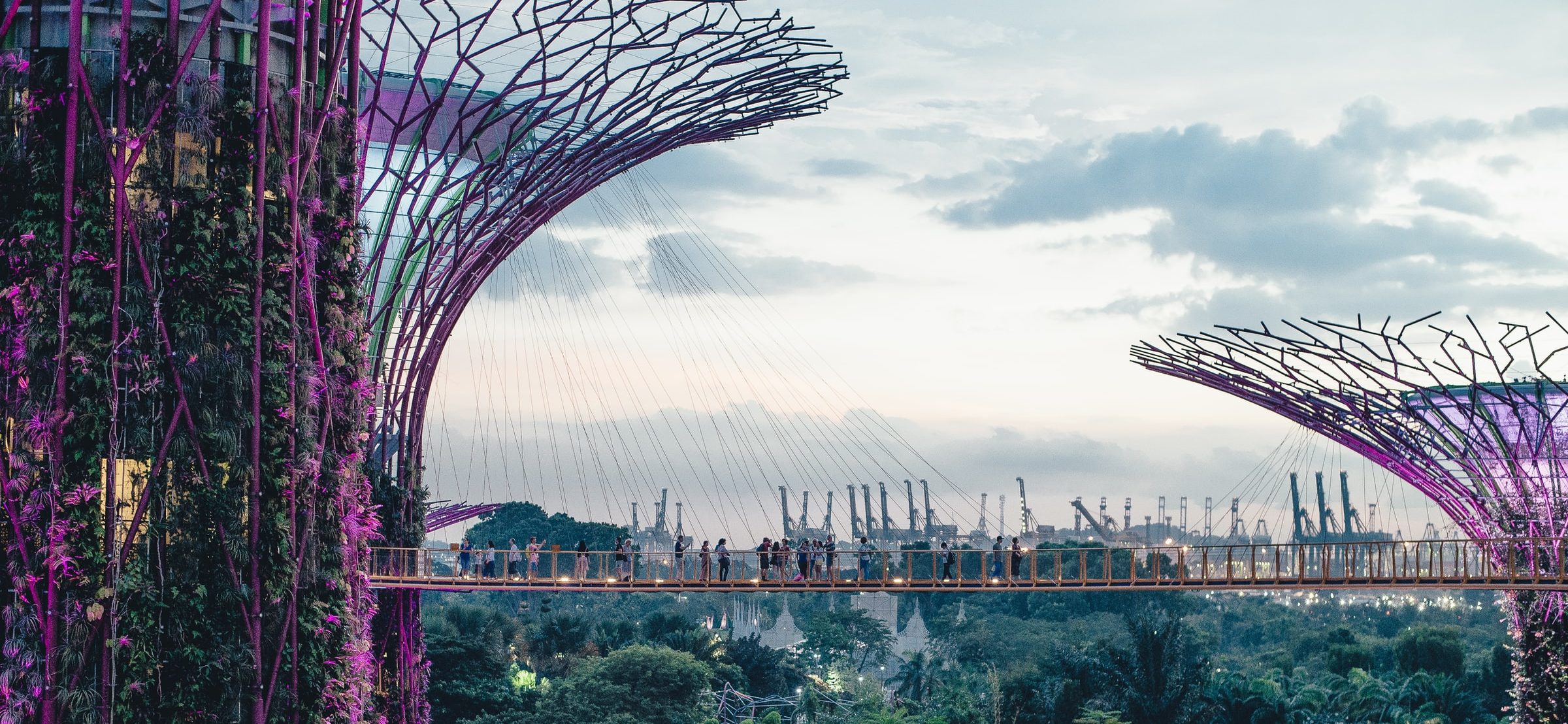
Cities must grow with trees. © Annie Spratt-unsplash
Green against the grey color of concrete
3% of the planet’s surface is covered by cities. It is an area equivalent to almost the size of the USA: around 4.5 million km2 of concrete, bricks and asphalt cover what used to be forests and fields, and also many lakes and rivers. According to the World Bank, 56% of the Earth’s population lived in cities in 2020, around 4.4 billion people.
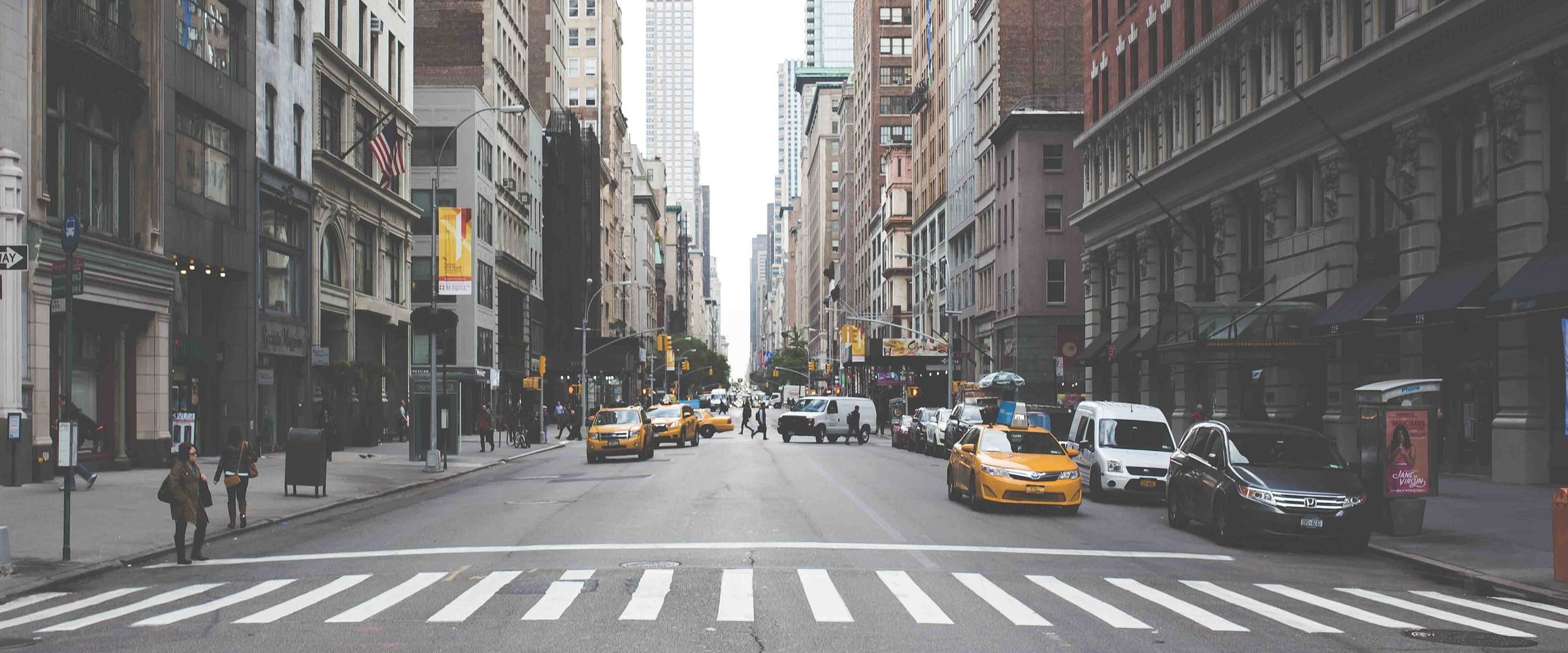
3% of the planet’s surface is covered by cities. ©Jon Flobrant-unsplash
Although the growth in the number of citizens has slowed down in percentage terms in the last few decades, the growth of the urban mass surface area has increased, and therefore we find the following paradoxical situation: cement and bricks are growing around three to four times more than the inhabitants they shelter. This is an unsustainable situation (we analyze it in depth in this article), which the UN warns about: by 2035, 80% of the planet’s population will live in cities, a proportion already present in many developing countries and if this pace continues, by 2050, the urban population will have increased by 2.8 billion.
In this context, vegetation has everything to lose, unless the current reaction in favor of the green and regenerative city intensifies and international consensus is achieved. And this is essential if we wish to attain the SDG 11: more inclusive, more resilient, more sustainable and safer cities.
Clean air? Not without trees
The urban mass is responsible for 75% of the CO2 emissions. These are accompanied by all kinds of pollutants: nitrogen oxides, ammonia, sulfur dioxide and ozone. According to the WHO, air pollution killed approximately seven million people in 2012.
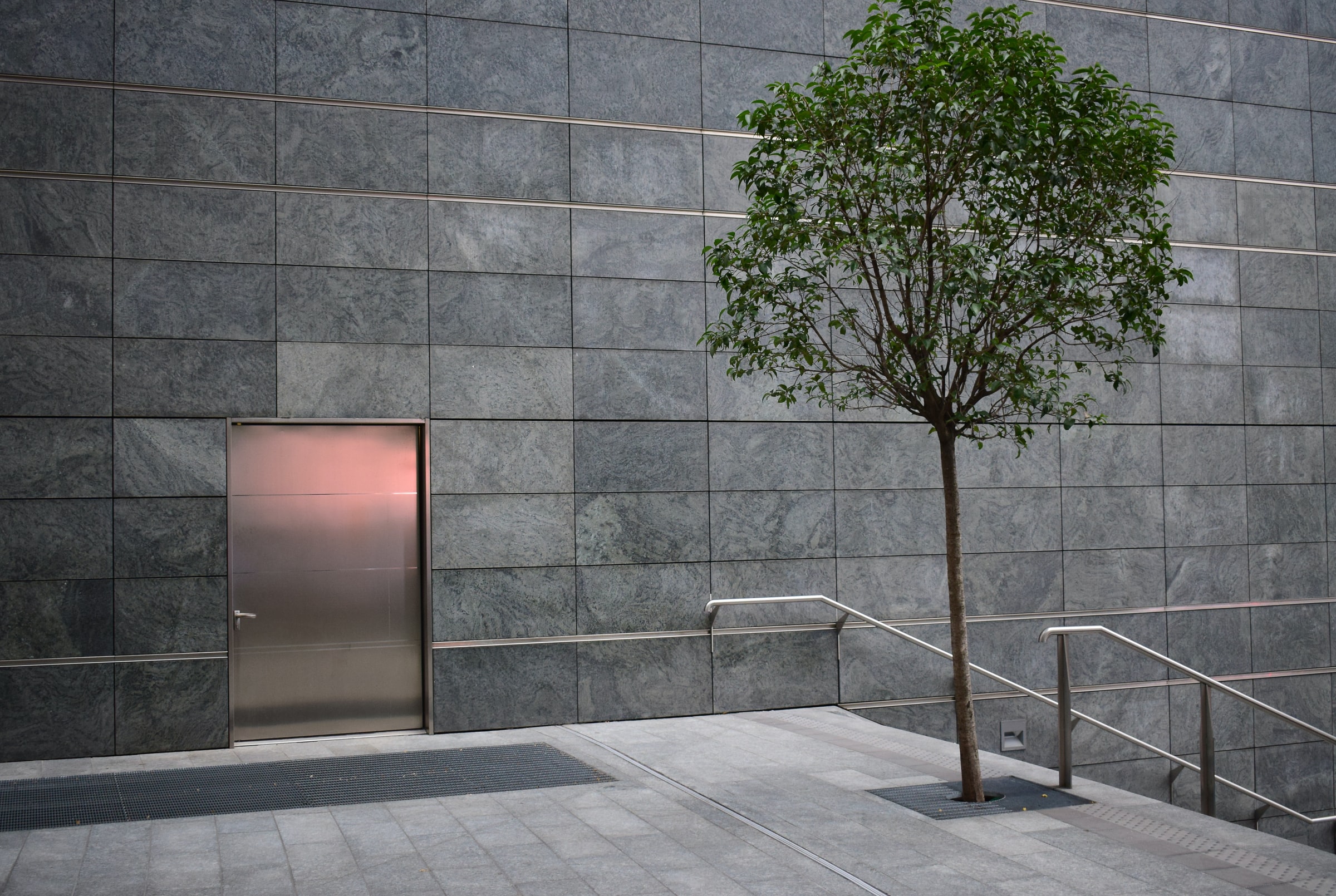
The urban mass is responsible for 75% of the CO2 emissions © Chris Barbalis -unsplash
Trees are natural barriers that absorb most of the polluting gases and catch suspended particles in their leaves and bark. As for CO2, one hectare of mature trees absorbs the same amount of gas as the one emitted by a medium-size car in 70,000 km and returns enough oxygen for 36 people.
Temperature regulators, saving energy
A phenomenon inherent to cities is the “heat island” effect due to the heating of asphalt and concrete, much higher than that of plants, and to the heat emitted by engine combustion and air conditioning units. During a summer day in a Mediterranean city, for instance, solar radiation can heat up asphalt to 75ºC and concrete to 65ºC, while the temperature of grass does not exceed 42ºC. This heat, accumulated by the pavement and buildings, is returned to air at night, causing great nighttime temperature differences between the city center and its surroundings.
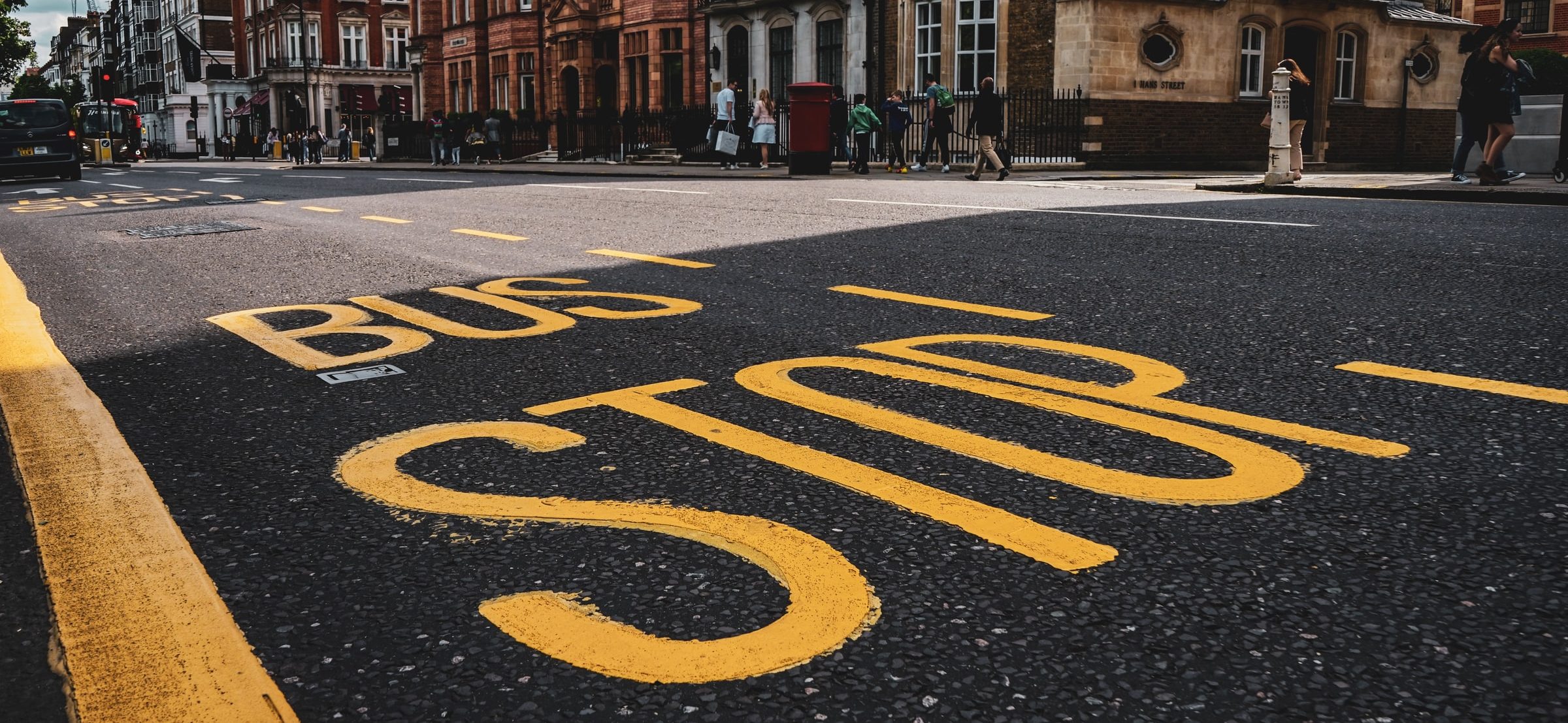
A phenomenon inherent to cities is the “heat island” effect due to the heating of asphalt. © Frank Albrecht-unsplash
According to the World Meteorological Organization (WMO) the urban heat island effect can make temperatures rise 5 to 10ºC over the surrounding environment, aggravating heat waves, which are increasingly damaging to health. This June has seen several records broken for average temperatures in cities, which have risen by 3°C over the last five years.
The shade of trees prevents the pavement from overheating and this is especially evident in slums, which usually lack green areas and are the ones that grow the most.
Architecture studies have proven that three trees conveniently placed around one house can reduce by up to 50% the use of air conditioning in the summer. That reduction cannot be achieved in high buildings in cities, but it proves that the taller and leafier the trees are, the more impact they will have on the saving of energy for air conditioning.
The best friends of urban aquifers
Cities consume 13% of the freshwater in the world. They remain far from agriculture, which consumes 70%, but the shield of buildings and pavement is a barrier that prevents rainwater from penetrating the ground and feeding aquifers and roads and highways have continued to occupy former green areas.
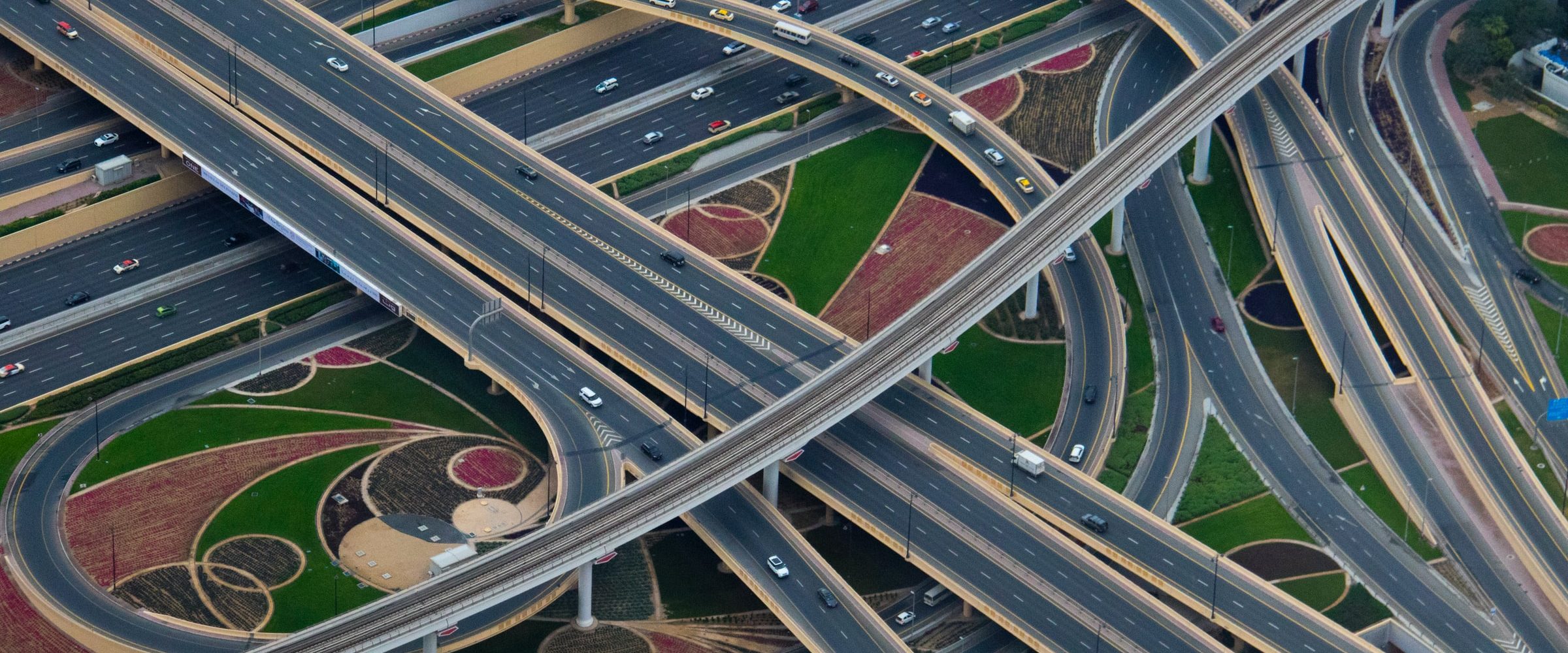
Roads and highways have continued to occupy former green areas. ©Nick Fewings -unsplash
In many cities the ground is sinking because aquifers are empty due to overexploitation and lack of recharge; Mexico City and Beijing are the two best known cases. “Fluffing up” the urban crust with parks and tree pits allows rainwater to filter down to the water table. This is an urgent measure in cities in which the waterproof ground barrier continues to grow.
Likewise, the shade of trees delays the evaporation of water from the ground, helping to cool it, and the moisture returned by evapotranspiration through their leaves increases atmospheric moisture.
A barrier against flooding
Historically most cities have been built along rivers, many of them in naturally flood-prone areas. The case of the severe flooding in Germany last month is an extreme example of this situation. This occupation has increased not only the exposure and vulnerability, but also the danger of the phenomena, as the lack of planning in the expansion of streets and houses causes increasingly violent runoffs and flooding that nearly always affect the poorest neighborhoods.
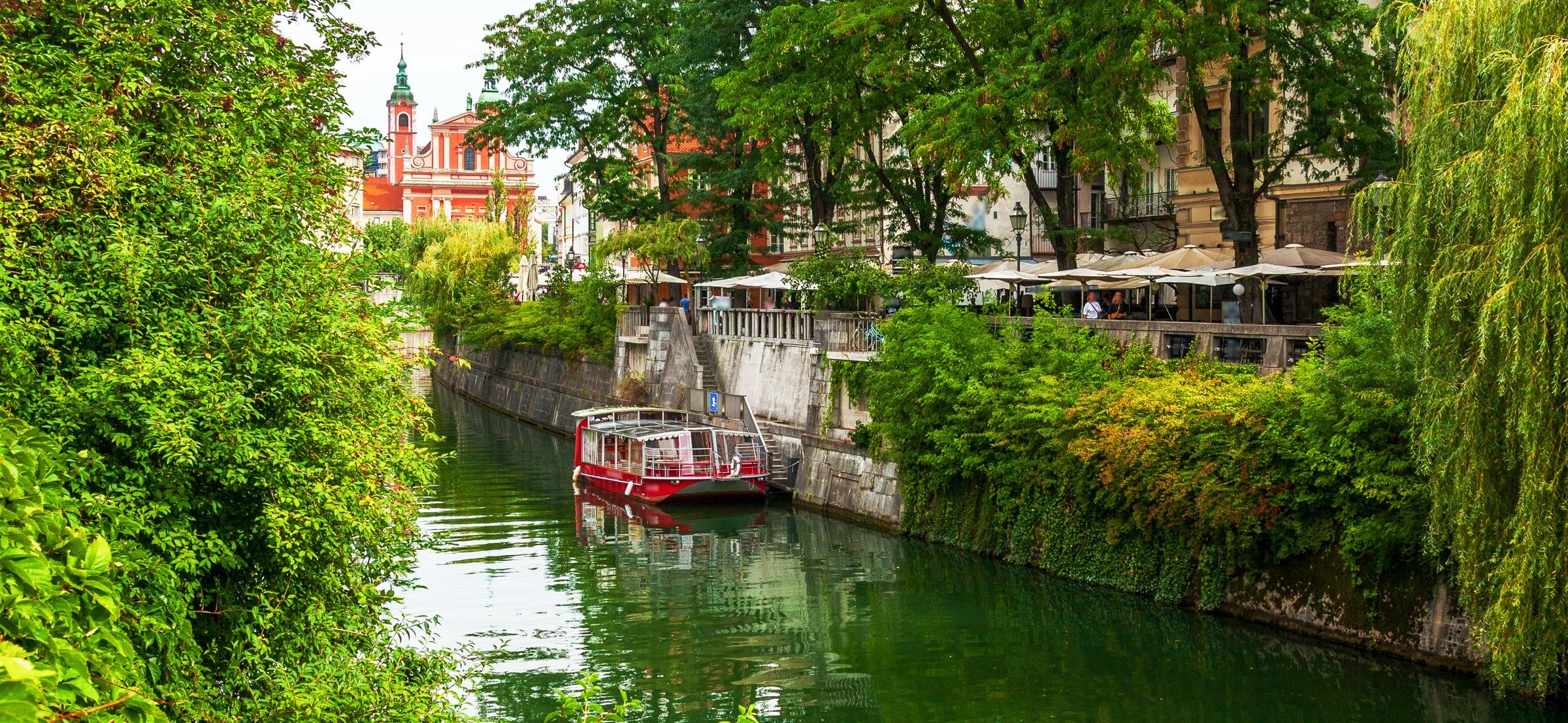
Historically most cities have been built along rivers, many of them in naturally flood-prone areas. © Eugene Kuznetsov-unsplash
Trees and simple bushes reduce water runoff by collecting rainwater and retaining soil with their roots. Many of the growing slums take up deforested areas. The case of the Freetown hills, in Sierra Leona, shows how soil degradation due to lack of vegetation leads to landslides. On the 14th August 2017, after three days of torrential rains, mud slides took the lives of more than 500 people and left 3,000 homeless.
Deforestation, which in many cases has accompanied the development of these peri-urban areas, also represents a factor that increases danger as water washes away soil and vegetation with weak roots that clog drains and spillways, worsening the severe consequences of floods.
Psychological aid
Medical research has proven that patients who can see trees from their windows, especially those in Intensive Care Units, heal more rapidly and with less complications. It has also been proven that the symptoms in children with attention deficit disorder, hyperactivity and autism subside when they have access to nature or to urban parks.
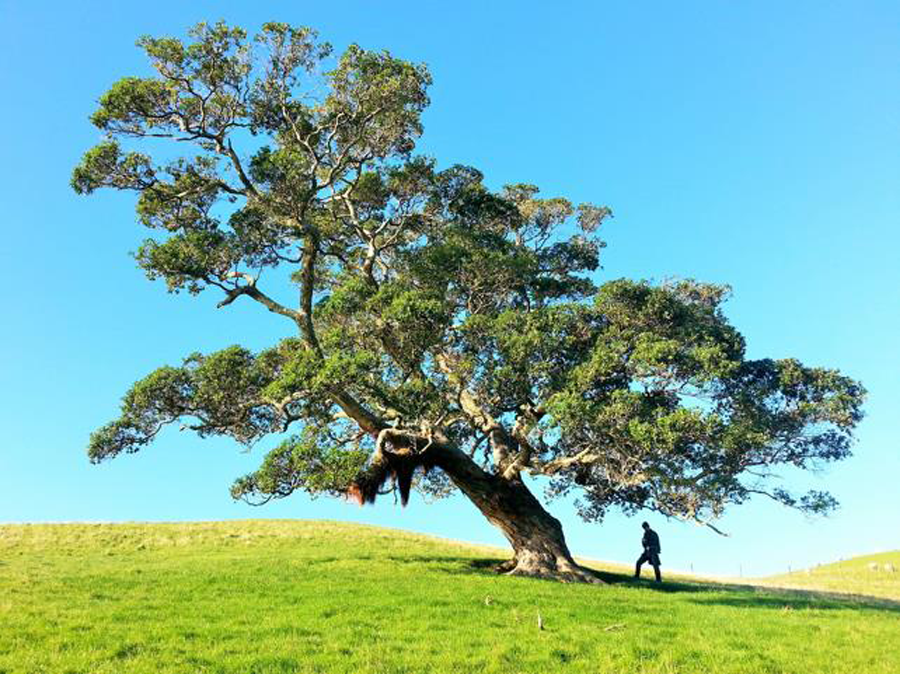
In general, being under a tree relaxes and facilitates concentration. © Gilly Stewart- unsplash
In general, being under a tree relaxes and facilitates concentration. Statistics also show that neighborhoods without street vegetation have a higher incidence of violence than those with an abundance of trees, although other socioeconomic factors such as poverty and social marginalization that often accompany neighborhoods without trees must be considered in these data.
Gathered under the trees
Since the dawn of humanity, trees have been centers of gathering, deliberation and celebration. Virtually every culture has had one or more trees in its history that are considered sacred and purveyors of wellbeing. In urban parks, people gather under trees in a playful spirit to talk, play chess, eat or celebrate children’s parties. Here social cohesion improves individual psychological benefits and empowers people to face community problems in a more relaxed and stimulating environment.
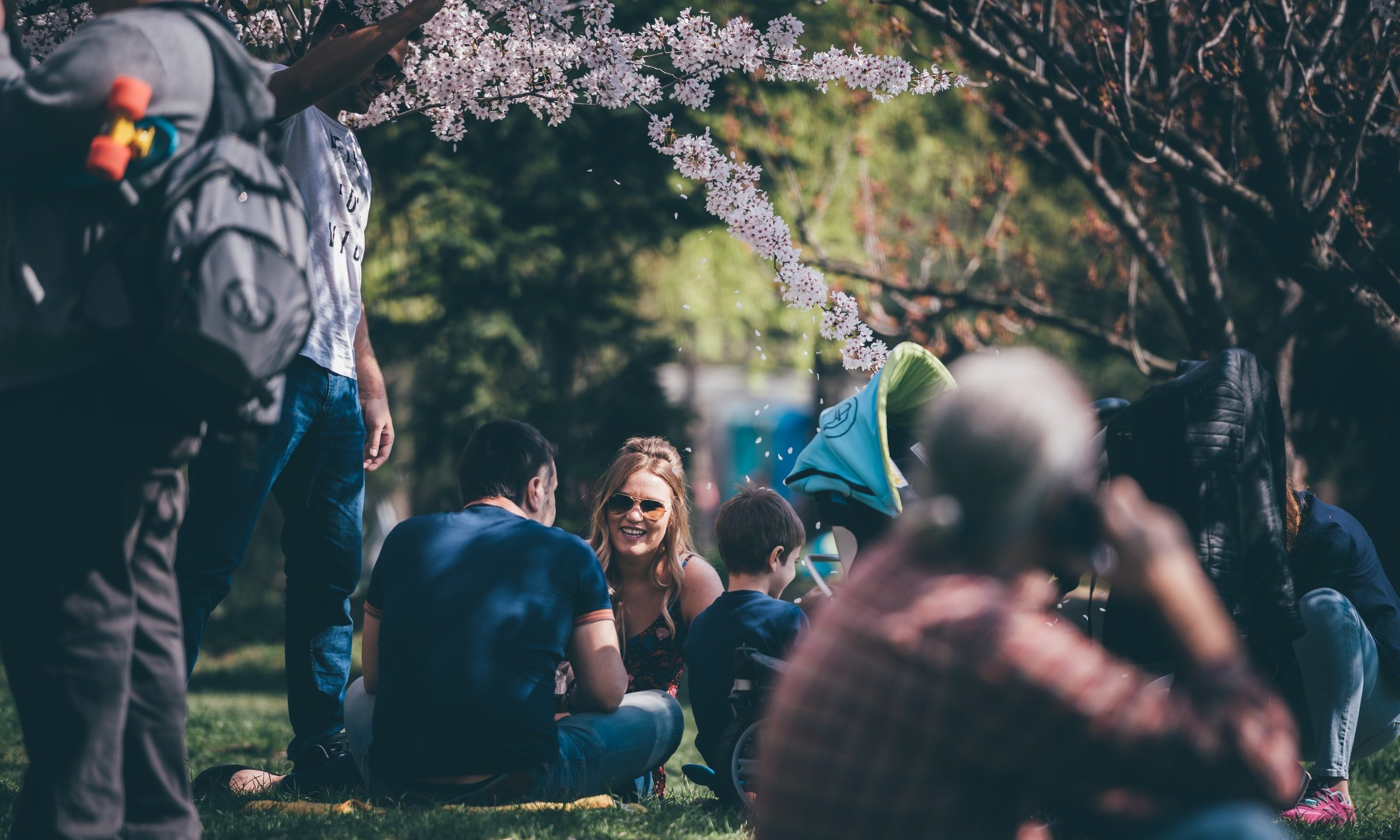
Since the dawn of humanity, trees have been centers of gathering, deliberation and celebration. © Alex Blajan-unsplash
Urban trees can become the identity of a neighborhood and can be included in educational programs, as has been successfully done in many cities. Many urban species provide excellent homes for birds, bees and squirrels, making them a permanent classroom to develop environmental awareness among schoolchildren. Let’s plant trees in cities, get them planted and take care of them, they are the best travel companions towards a threatened future.


